Home>Gardening & Outdoor>Landscaping Ideas>When Is The Best Time To Plant Buffalo Grass
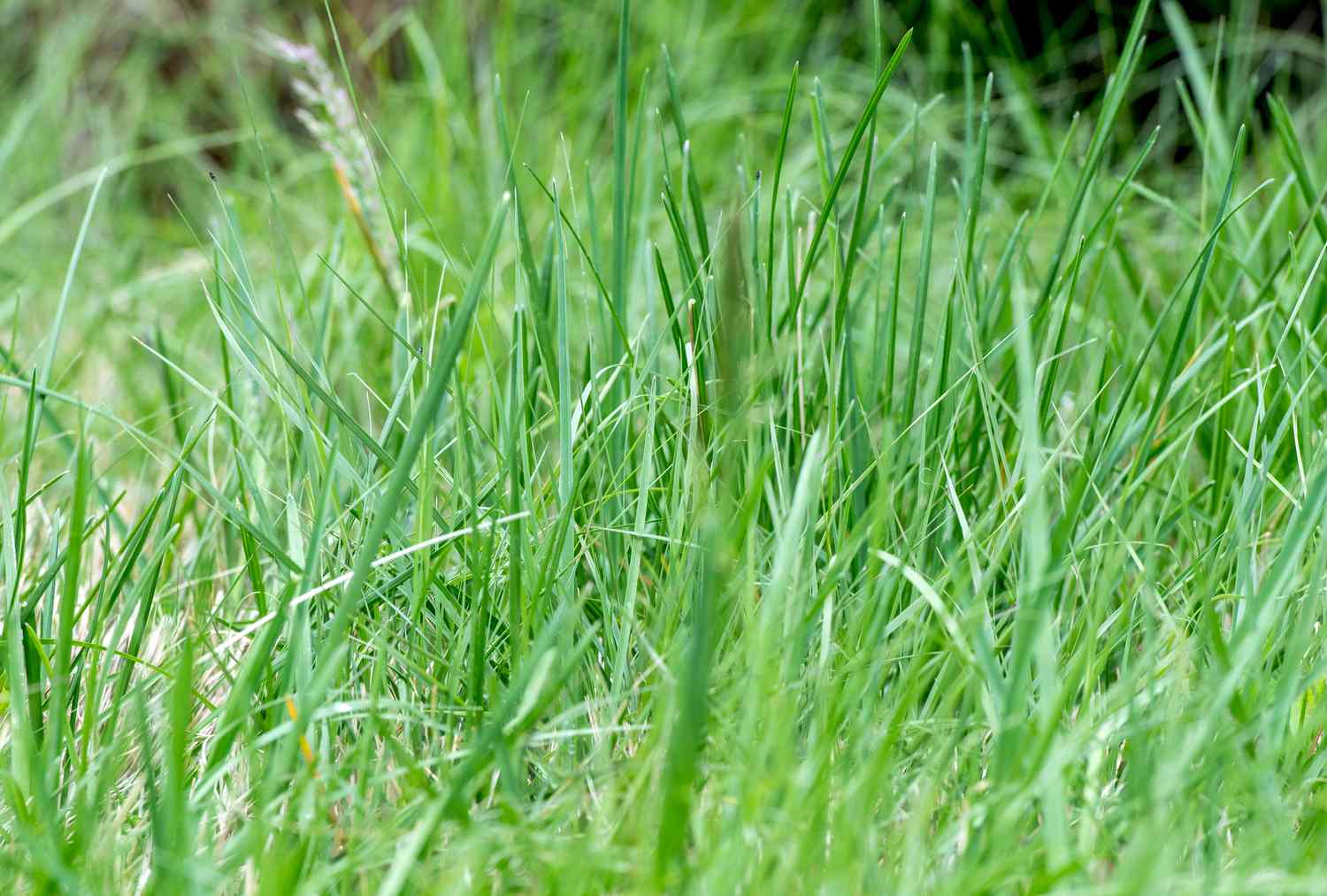

Landscaping Ideas
When Is The Best Time To Plant Buffalo Grass
Modified: October 19, 2024
Discover the ideal timing for planting buffalo grass in your landscaping project. Learn the best practices for achieving a lush, vibrant lawn with our expert tips and advice.
(Many of the links in this article redirect to a specific reviewed product. Your purchase of these products through affiliate links helps to generate commission for Storables.com, at no extra cost. Learn more)
Introduction
Understanding the Best Time to Plant Buffalo Grass
Buffalo grass, scientifically known as Buchloe dactyloides, is a warm-season grass native to the North American prairies. This resilient and low-maintenance grass variety has gained popularity for its drought tolerance, minimal water requirements, and ability to thrive in diverse soil types. Whether you're establishing a new lawn or renovating an existing one, the timing of planting buffalo grass plays a pivotal role in ensuring its successful establishment and long-term health.
Understanding the optimal time for planting buffalo grass involves considering various factors, including climate, soil conditions, and the grass's growth patterns. By delving into these aspects, you can make informed decisions that will set the stage for a lush and vibrant buffalo grass lawn. In this article, we'll explore the key considerations for planting buffalo grass and delve into the best time to embark on this endeavor. Additionally, we'll outline the essential steps for planting buffalo grass and provide insights into its post-planting care to help you achieve a thriving lawn that enhances the beauty of your outdoor space.
As we delve into the nuances of planting buffalo grass, it's important to recognize that this resilient grass variety holds immense potential for transforming landscapes while offering environmental benefits. With its ability to withstand harsh conditions and reduce the need for extensive maintenance, buffalo grass has become a sought-after choice for homeowners, landscapers, and environmental enthusiasts alike. By gaining a deeper understanding of the optimal time for planting buffalo grass, you can harness the full potential of this versatile grass variety and create a sustainable, visually appealing lawn that enriches your outdoor living experience.
Key Takeaways:
- Plant buffalo grass in late spring or early summer for optimal growth. Consider soil, climate, and sunlight exposure to create a vibrant, low-maintenance lawn.
- Care for buffalo grass by adjusting watering, mowing, and fertilization based on its needs. Embrace sustainable landscaping for enduring beauty.
Read more: When Is The Best Time To Plant Landscaping
Understanding Buffalo Grass
Buffalo grass, known for its resilience and adaptability, is a warm-season perennial grass that thrives in regions with hot summers and relatively low precipitation. Its scientific name, Buchloe dactyloides, reflects its unique characteristics and native habitat in the Great Plains of North America. This native grass has long been valued for its ability to withstand drought, resist pests, and thrive in various soil types, making it a popular choice for sustainable landscaping and eco-friendly lawns.
One of the distinctive features of buffalo grass is its low maintenance requirements, making it an attractive option for homeowners seeking a lush, green lawn without the need for excessive watering, mowing, or fertilization. Its dense, fine-textured foliage forms a soft, carpet-like appearance that adds a touch of natural beauty to outdoor spaces. Additionally, buffalo grass exhibits excellent wear tolerance, making it suitable for high-traffic areas, such as backyard play areas and recreational spaces.
When it comes to environmental benefits, buffalo grass shines as a water-wise landscaping solution. Its deep root system enables efficient water absorption, reducing the need for frequent irrigation and contributing to water conservation efforts. Furthermore, its natural resistance to pests and diseases minimizes the reliance on chemical treatments, aligning with eco-conscious landscaping practices.
For those with an eye for sustainability and conservation, buffalo grass serves as a valuable ally in promoting biodiversity and supporting local ecosystems. Its native origins and ability to thrive in challenging environmental conditions make it an ideal choice for creating wildlife-friendly habitats and restoring natural landscapes. By incorporating buffalo grass into outdoor environments, homeowners can contribute to the preservation of native flora and fauna while enjoying the aesthetic and functional benefits it offers.
As you contemplate the prospect of introducing buffalo grass to your landscape, it’s essential to recognize its adaptability and remarkable ability to withstand environmental stressors. Whether you’re envisioning a resilient lawn that requires minimal upkeep or aiming to cultivate a sustainable outdoor space, buffalo grass stands out as a versatile and environmentally conscious landscaping option. By understanding the unique traits and ecological advantages of buffalo grass, you can make informed decisions that align with your landscaping goals while contributing to a greener, more sustainable future.
Factors to Consider Before Planting Buffalo Grass
Before embarking on the journey of planting buffalo grass, it’s crucial to assess several key factors that will influence the success of your landscaping endeavor. By carefully considering these elements, you can lay the groundwork for a thriving buffalo grass lawn that enhances the beauty and functionality of your outdoor space.
- Climate and Geographic Region: Buffalo grass thrives in warm-season climates and is well-suited to regions characterized by hot, dry summers and relatively mild winters. Before planting buffalo grass, it’s essential to evaluate your geographic location and ensure that it aligns with the grass’s preferred growing conditions. Understanding the climatic requirements of buffalo grass will help you determine whether it’s a suitable choice for your specific region.
- Soil Type and Drainage: Assessing the soil composition and drainage characteristics of your landscape is paramount when considering buffalo grass cultivation. This grass variety prefers well-draining soils and is adaptable to a range of soil types, including sandy, loamy, and clay soils. Conducting a soil analysis can provide valuable insights into the pH levels, nutrient content, and overall suitability of the soil for buffalo grass establishment.
- Sunlight Exposure: Buffalo grass thrives in full sun and exhibits exceptional heat tolerance, making it an ideal choice for sun-drenched landscapes. Before planting buffalo grass, evaluate the sunlight exposure in your outdoor space to ensure that it receives the necessary hours of direct sunlight to support the grass’s growth and vitality.
- Water Availability and Drought Tolerance: Assessing the water availability and drought tolerance of buffalo grass is essential for sustainable landscaping. This grass variety is renowned for its water-wise attributes and exceptional drought resistance, making it an excellent choice for regions with limited water resources. Understanding the water needs and drought tolerance of buffalo grass will guide your watering practices and contribute to water conservation efforts.
- Landscaping Goals and Utilization: Consider your landscaping goals and the intended use of the buffalo grass area. Whether you’re establishing a low-maintenance lawn, creating a naturalistic landscape, or incorporating buffalo grass in high-traffic areas, aligning your landscaping goals with the unique traits of buffalo grass will ensure a harmonious and functional outdoor space.
By carefully evaluating these factors and gaining a comprehensive understanding of buffalo grass’s requirements, you can make informed decisions that set the stage for successful buffalo grass establishment. Taking into account the climatic, soil, and utilization aspects will empower you to create a vibrant and resilient buffalo grass lawn that thrives in harmony with its natural surroundings.
Best Time to Plant Buffalo Grass
Choosing the optimal time for planting buffalo grass is pivotal in ensuring its successful establishment and long-term vitality. The timing of planting directly impacts the grass’s ability to root, grow, and withstand environmental stressors, ultimately influencing the overall health and resilience of the lawn. To determine the best time for planting buffalo grass, it’s essential to consider seasonal variations, temperature trends, and the grass’s growth patterns, aligning your planting schedule with the conditions that promote robust and sustained growth.
For regions with warm-season climates, including the southern United States, the best time to plant buffalo grass is during the late spring or early summer months. This timeframe allows the grass to capitalize on the warm soil temperatures and ample sunlight, fostering rapid germination and establishment. By planting buffalo grass in late spring or early summer, you provide the grass with optimal conditions for root development and initial growth, setting the stage for a lush and resilient lawn.
Conversely, in cooler climates with distinct seasonal variations, the best time to plant buffalo grass is during the late spring to early summer period, when soil temperatures are consistently warm, and the risk of frost has passed. This timeframe aligns with the grass’s natural growth cycle and enables it to establish robust root systems before facing winter dormancy, ensuring enhanced cold tolerance and spring regrowth in the subsequent year.
When considering the best time to plant buffalo grass, it’s important to factor in the grass’s dormancy period, which typically occurs during the winter months in cooler climates. By planting buffalo grass ahead of the dormancy period, you provide it with ample time to establish and fortify itself, maximizing its ability to endure winter conditions and thrive upon the arrival of warmer temperatures.
Understanding the best time to plant buffalo grass involves a nuanced approach that considers both regional climate patterns and the grass’s growth characteristics. By aligning your planting schedule with the optimal seasonal conditions, you can create a favorable environment for buffalo grass establishment, paving the way for a vibrant and resilient lawn that enhances the beauty and functionality of your outdoor space.
As you embark on the journey of planting buffalo grass, keep in mind that the best time for planting may vary based on local climate variations and seasonal trends. By staying attuned to the unique dynamics of your region and the growth requirements of buffalo grass, you can make informed decisions that contribute to the long-term success of your landscaping endeavors.
The best time to plant buffalo grass is in late spring or early summer when the soil temperature is consistently above 60°F. This will give the grass the best chance to establish and thrive.
Steps for Planting Buffalo Grass
Planting buffalo grass involves a series of essential steps that are integral to its successful establishment and long-term vitality. By following these guidelines, you can create an optimal environment for buffalo grass growth and foster a lush, resilient lawn that enhances the visual appeal of your outdoor space.
- Soil Preparation: Begin by preparing the soil to create a favorable foundation for buffalo grass establishment. Remove any debris, rocks, or existing vegetation from the planting area. Conduct a soil test to assess the pH levels and nutrient content, amending the soil as needed to achieve optimal growing conditions for buffalo grass.
- Seed Selection or Sod Installation: Determine whether you will be planting buffalo grass from seed or installing sod. If using seeds, distribute them evenly across the prepared soil surface and lightly rake to ensure good seed-to-soil contact. For sod installation, lay the sod pieces in a staggered pattern, pressing them firmly into the soil to eliminate air pockets.
- Watering and Initial Care: After planting the buffalo grass seeds or sod, thoroughly water the area to promote seed germination or sod root establishment. Maintain consistent soil moisture during the initial phase of growth, ensuring that the seeds or sod remain adequately hydrated to support healthy development.
- Establishment and Growth: Monitor the planted area for signs of germination or sod rooting, adjusting your watering frequency based on the grass’s growth progress. As the buffalo grass begins to establish, gradually transition to a deeper, less frequent watering schedule to encourage robust root development and drought tolerance.
- Weed Control and Maintenance: Implement weed control measures to prevent invasive species from encroaching on the buffalo grass area. Regularly mow the grass to maintain an optimal height, promoting dense growth and a uniform appearance. Additionally, fertilize the buffalo grass as needed to supplement soil nutrients and support its long-term health.
- Post-Planting Care: After the buffalo grass has established and exhibited healthy growth, continue to provide attentive care, including monitoring for pest infestations, adjusting irrigation based on seasonal variations, and addressing any maintenance needs to uphold the vitality and visual appeal of the lawn.
By meticulously following these steps for planting buffalo grass and providing ongoing care, you can nurture a vibrant and resilient lawn that thrives in harmony with its natural surroundings. Whether you opt for seed establishment or sod installation, each step plays a crucial role in creating an environment where buffalo grass can flourish, enriching your outdoor living space with its lush, low-maintenance beauty.
Caring for Buffalo Grass After Planting
After successfully planting buffalo grass, diligent care and maintenance are essential to ensure its continued health and vitality. By implementing targeted care practices and staying attuned to the grass’s evolving needs, you can foster a resilient and visually appealing lawn that enriches your outdoor environment. Here are key considerations for caring for buffalo grass after planting:
- Optimized Watering: Establish a watering routine that aligns with the specific needs of buffalo grass. During the initial growth phase, maintain consistent soil moisture to support root development. As the grass becomes established, transition to a deeper, less frequent watering schedule, allowing the soil to partially dry between watering sessions to encourage deep root growth and enhance drought tolerance.
- Mowing Practices: Adhere to proper mowing practices to promote the health and vigor of buffalo grass. Set the mower blade at a height of 2 to 3 inches to maintain an optimal grass length, supporting dense growth and weed suppression. Avoid mowing when the grass is stressed or wet, and vary the mowing direction with each session to prevent soil compaction and promote uniform growth.
- Fertilization and Nutrient Management: Monitor the nutrient levels in the soil and fertilize the buffalo grass as needed to supplement essential nutrients. Utilize a slow-release, nitrogen-based fertilizer to support steady growth and overall health. Conduct a soil test to assess nutrient deficiencies and adjust the fertilization regimen accordingly, promoting robust and vibrant grass growth.
- Weed Control: Implement proactive weed control measures to prevent invasive species from encroaching on the buffalo grass lawn. Regularly inspect the lawn for weed growth and promptly address any emerging weeds to maintain the grass’s pristine appearance and unobstructed growth. Consider utilizing targeted herbicides or manual removal methods to effectively manage weed infestations.
- Pest Monitoring and Management: Keep a watchful eye on the buffalo grass for signs of pest infestations, such as grubs or surface-feeding insects. Implement integrated pest management strategies to address pest issues while minimizing environmental impact. Utilize environmentally friendly pest control methods and consider natural predators to maintain a balanced ecosystem within the lawn.
- Seasonal Adjustments: Adjust your lawn care practices based on seasonal variations and the evolving needs of buffalo grass. During periods of extreme heat or drought, provide supplemental irrigation to support the grass’s resilience. In colder months, reduce watering frequency and adjust mowing practices to accommodate the grass’s dormancy period and prepare it for spring regrowth.
By incorporating these care practices into your post-planting maintenance routine, you can nurture a vibrant and enduring buffalo grass lawn that thrives in harmony with its natural surroundings. With attentive care, strategic watering, and proactive maintenance, you can enjoy the enduring beauty and environmental benefits of buffalo grass, creating a sustainable and visually captivating outdoor space.
Conclusion
As we conclude our exploration of the best time to plant buffalo grass and the essential considerations for its successful establishment and maintenance, it’s evident that this resilient grass variety holds immense potential for transforming landscapes and enriching outdoor living spaces. By understanding the optimal timing for planting buffalo grass and embracing tailored care practices, homeowners and landscaping enthusiasts can cultivate vibrant, low-maintenance lawns that thrive in diverse environmental conditions while contributing to sustainable landscaping practices.
Buffalo grass, with its exceptional drought tolerance, low water requirements, and minimal maintenance needs, stands as a beacon of environmental stewardship and aesthetic appeal. Its ability to withstand environmental stressors and reduce the reliance on water and chemical inputs positions it as a valuable asset in sustainable landscaping initiatives. Whether adorning residential lawns, public spaces, or commercial landscapes, buffalo grass serves as a testament to the harmonious coexistence of beauty, functionality, and environmental responsibility.
By carefully considering the regional climate, soil characteristics, and the grass’s growth patterns, individuals can make informed decisions regarding the best time to plant buffalo grass, setting the stage for its successful establishment and long-term vitality. Through meticulous soil preparation, strategic planting methods, and attentive post-planting care, a thriving buffalo grass lawn can become a hallmark of sustainable landscaping, promoting biodiversity, water conservation, and ecological balance.
As we embrace the journey of cultivating buffalo grass lawns, it’s essential to recognize the multifaceted benefits that this resilient grass variety offers. From its ability to create wildlife-friendly habitats to its capacity for reducing water consumption and chemical inputs, buffalo grass embodies the principles of environmental sustainability and responsible landscaping. By integrating buffalo grass into outdoor environments, individuals can contribute to the preservation of native ecosystems, support biodiversity, and create visually captivating landscapes that endure for generations to come.
In essence, the best time to plant buffalo grass transcends seasonal considerations, encompassing a commitment to environmental stewardship, sustainable practices, and the enduring beauty of natural landscapes. Through thoughtful planning, diligent care, and a deep appreciation for the ecological advantages of buffalo grass, individuals can forge a connection with the land, fostering landscapes that reflect the harmony between human habitation and the natural world.
As the timeless allure of buffalo grass continues to grace outdoor spaces and inspire sustainable landscaping practices, it stands as a testament to the transformative power of nature and the enduring legacy of environmentally conscious choices.
Frequently Asked Questions about When Is The Best Time To Plant Buffalo Grass
Was this page helpful?
At Storables.com, we guarantee accurate and reliable information. Our content, validated by Expert Board Contributors, is crafted following stringent Editorial Policies. We're committed to providing you with well-researched, expert-backed insights for all your informational needs.
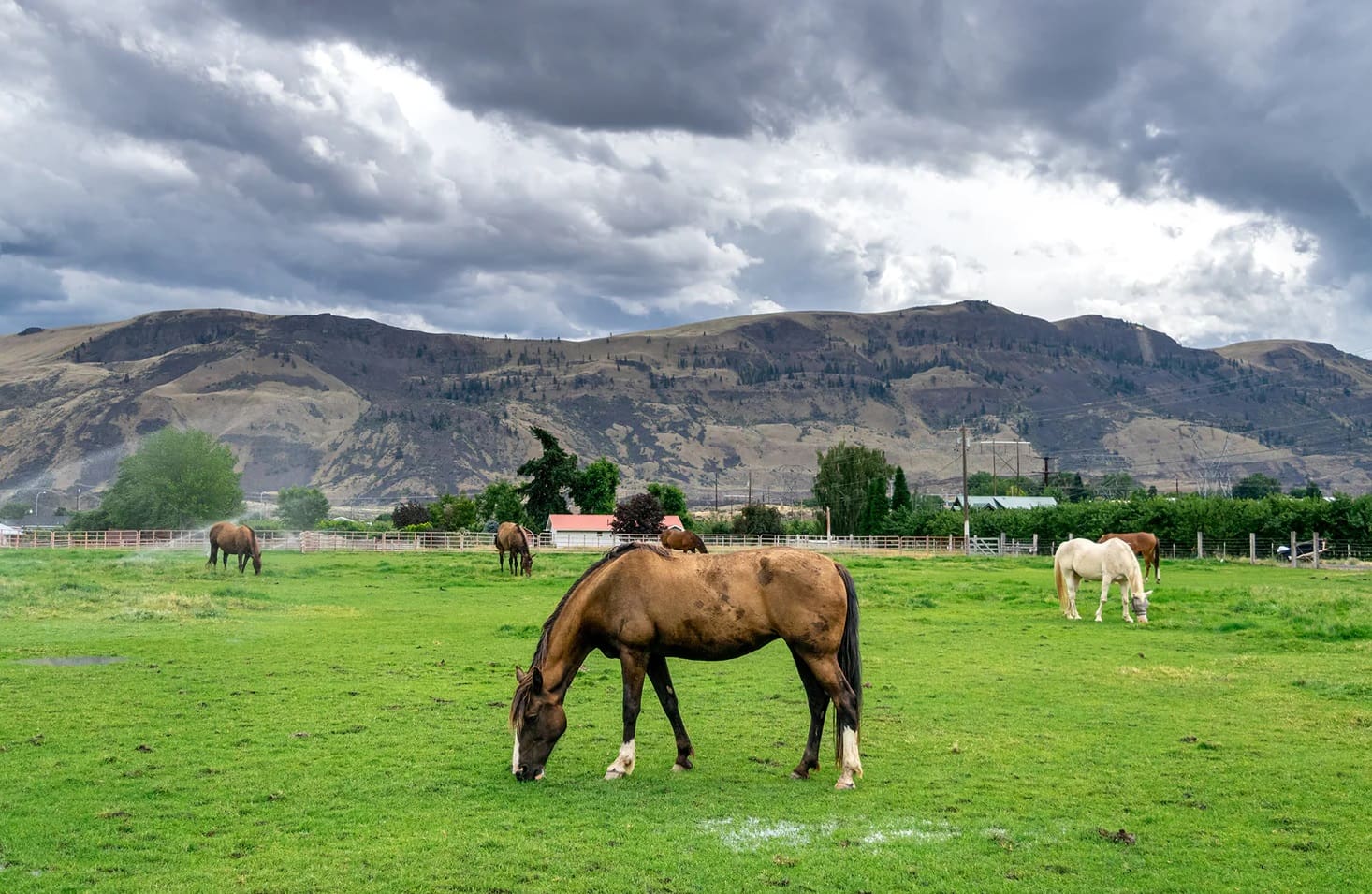
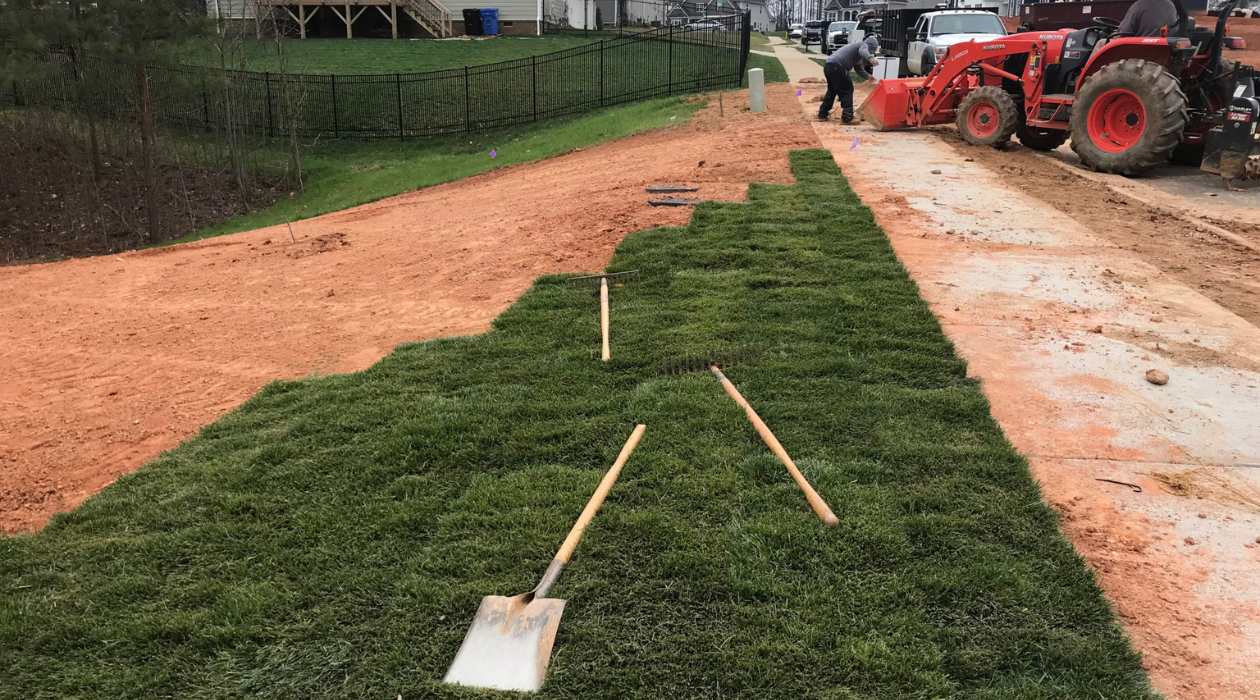
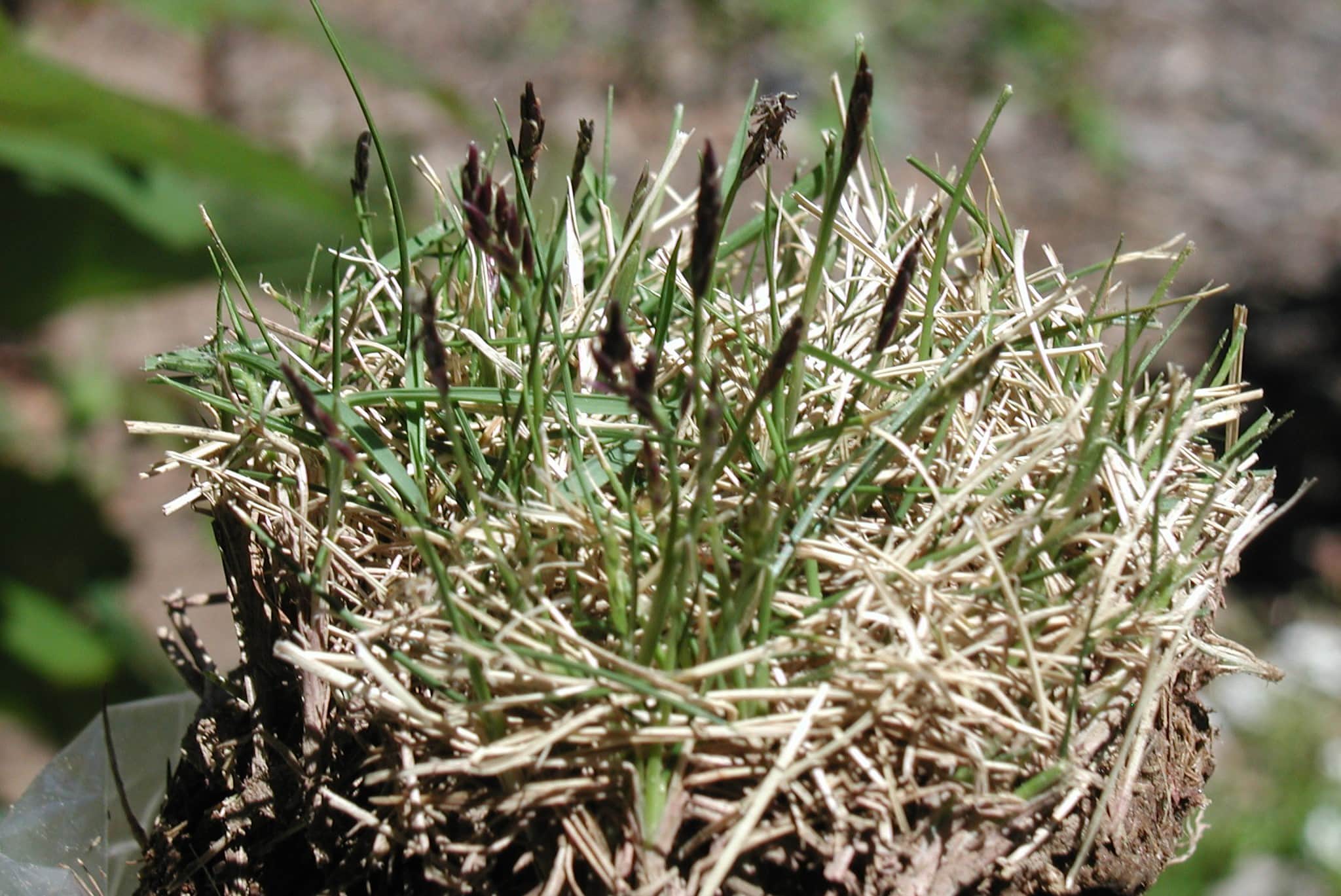
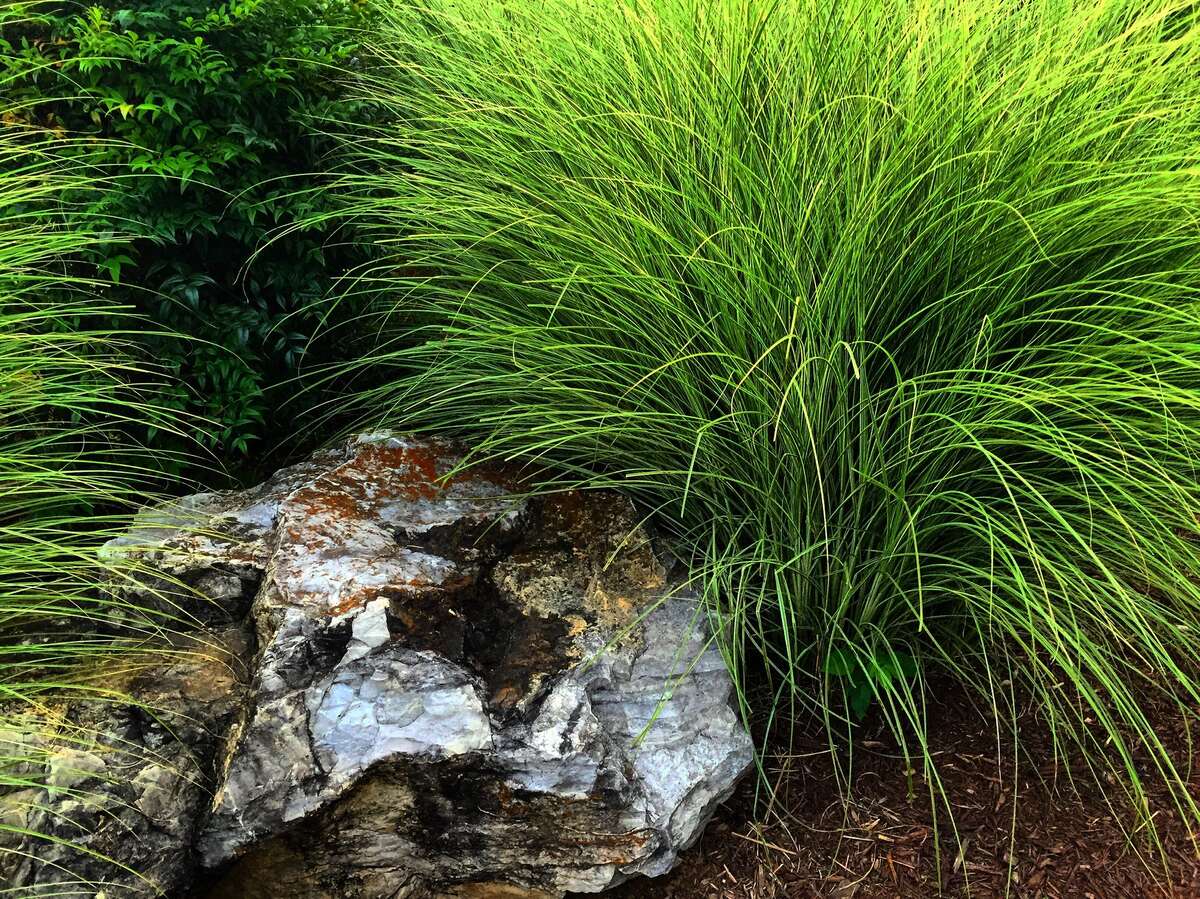
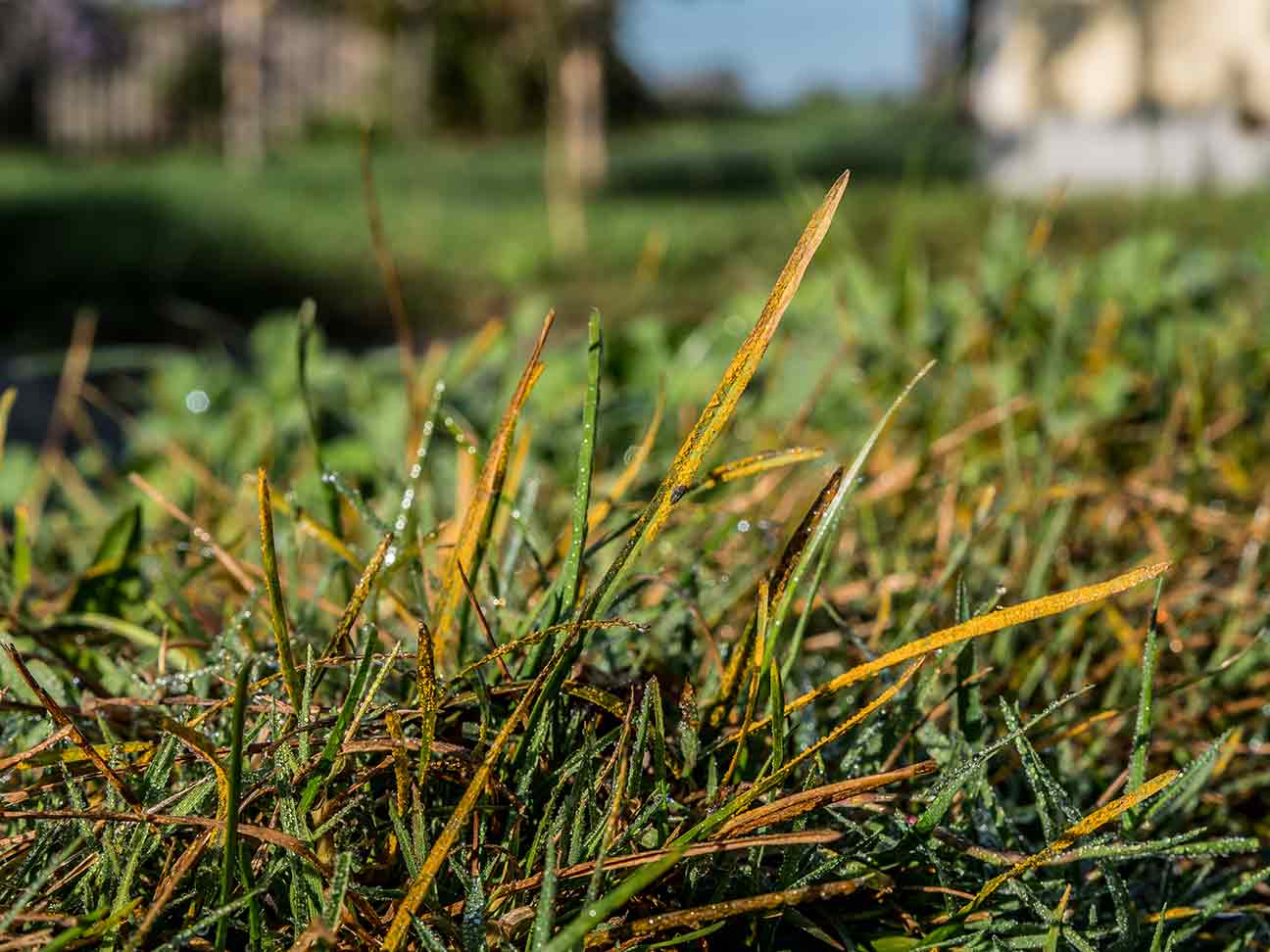
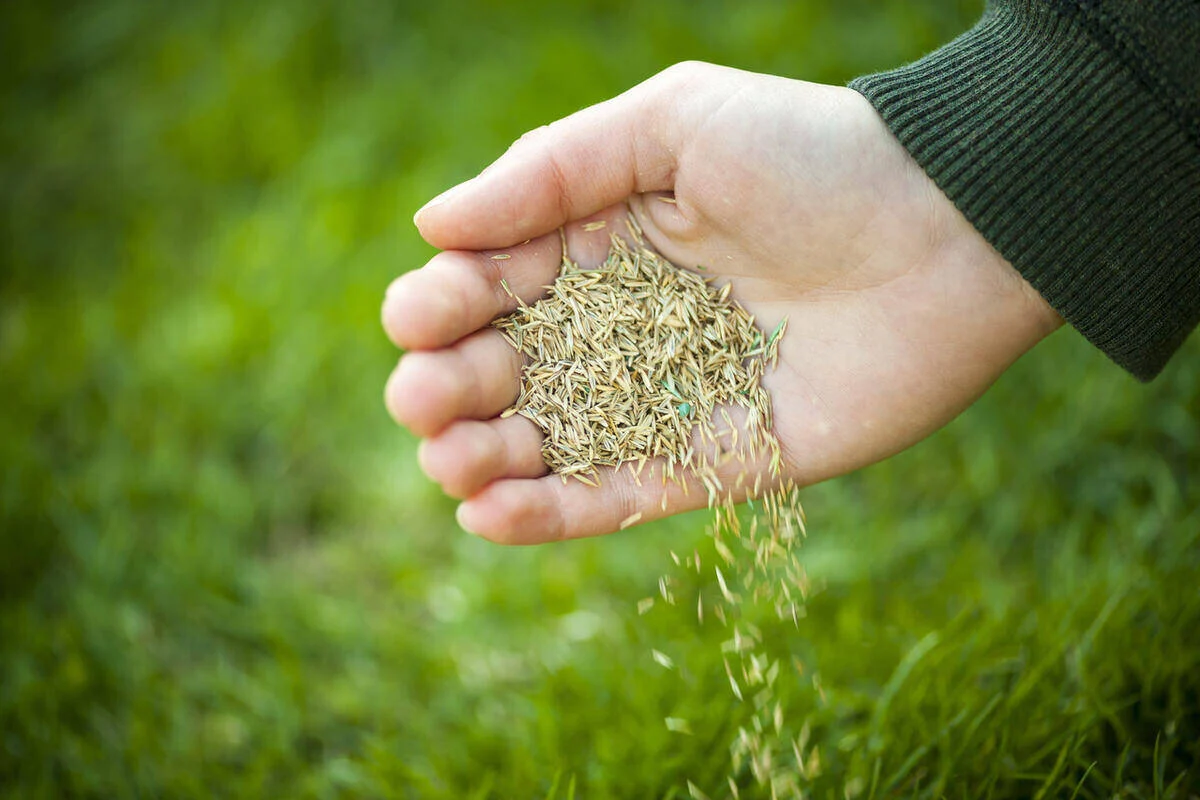
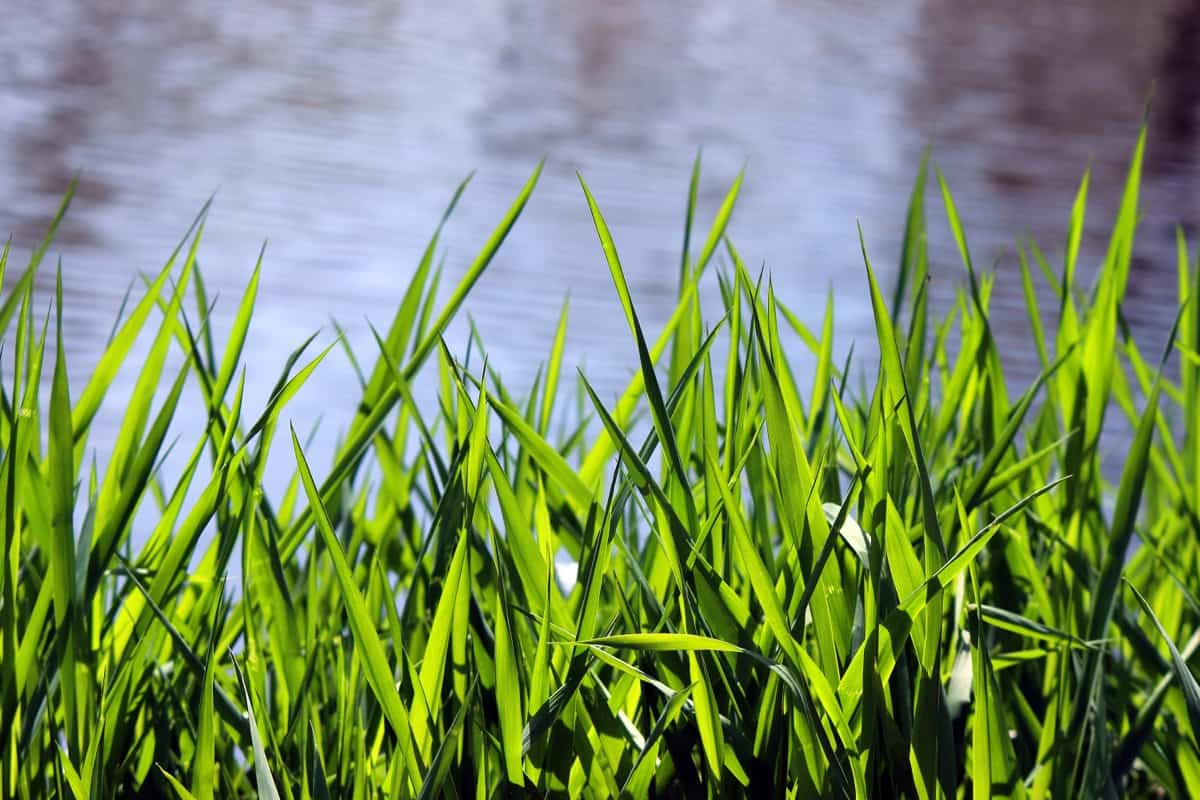
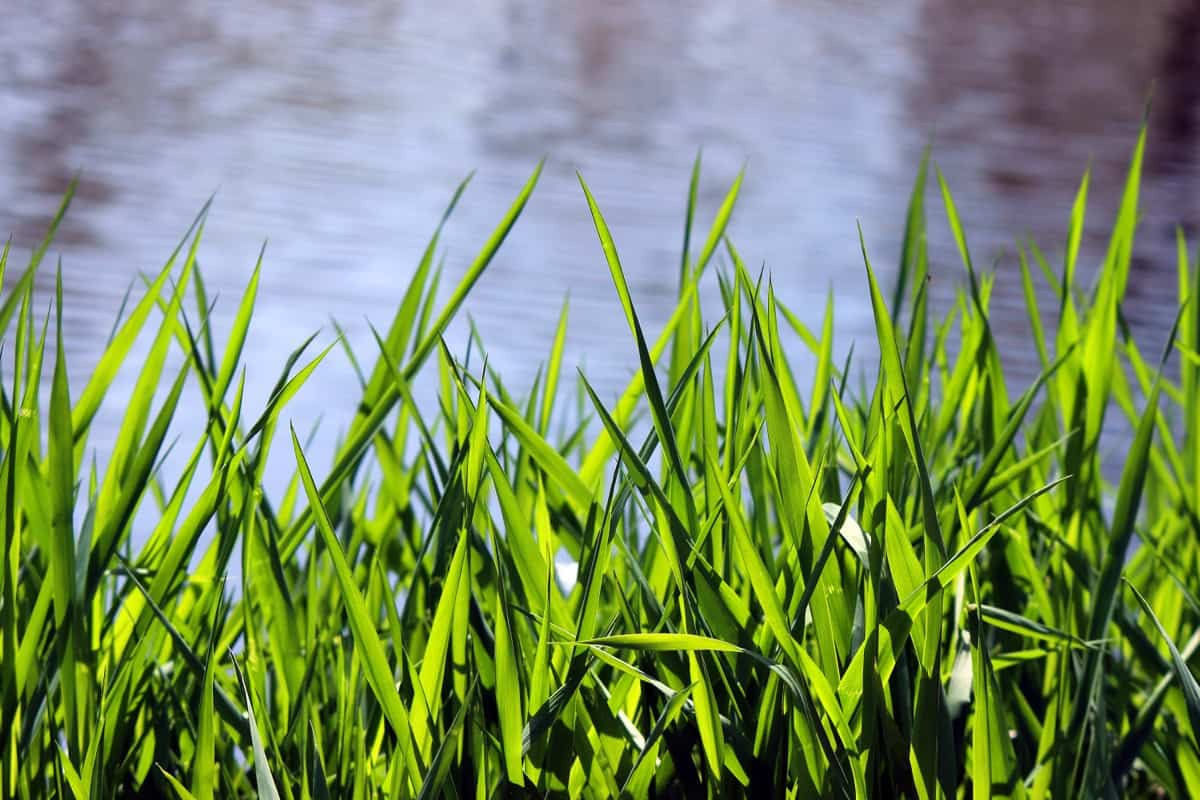

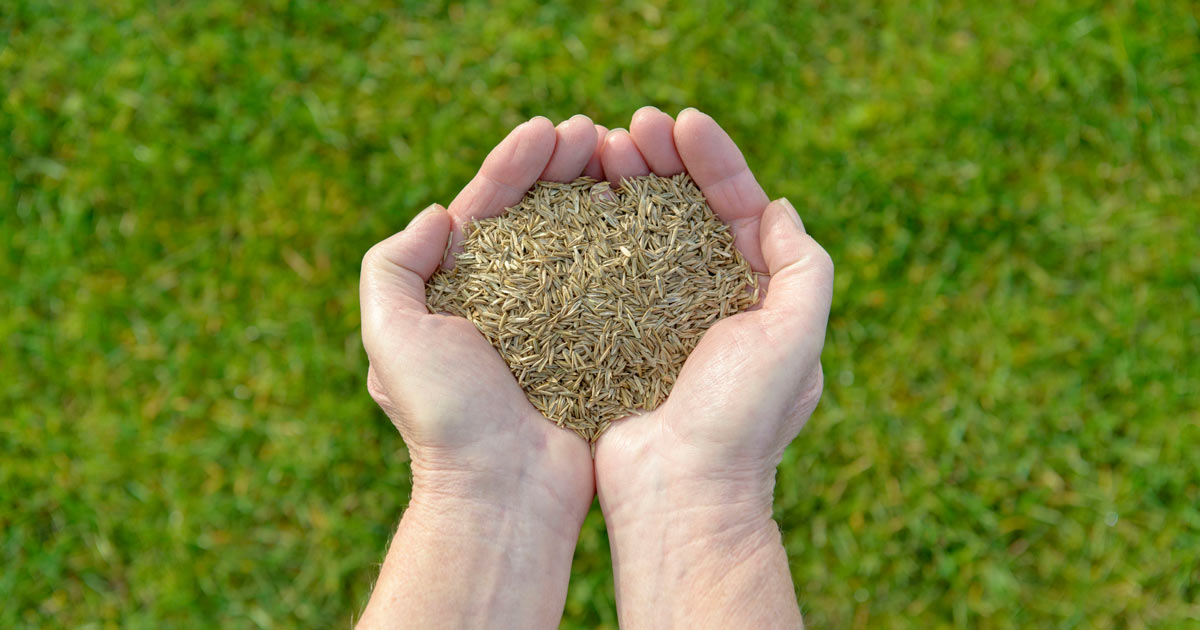

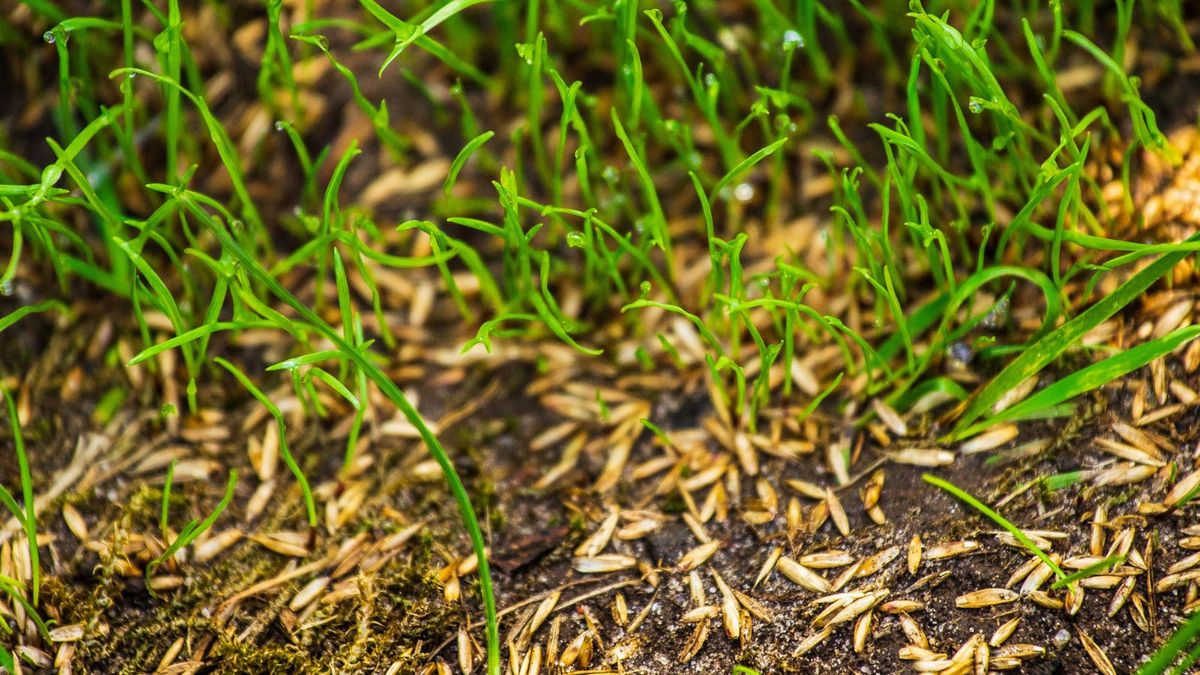

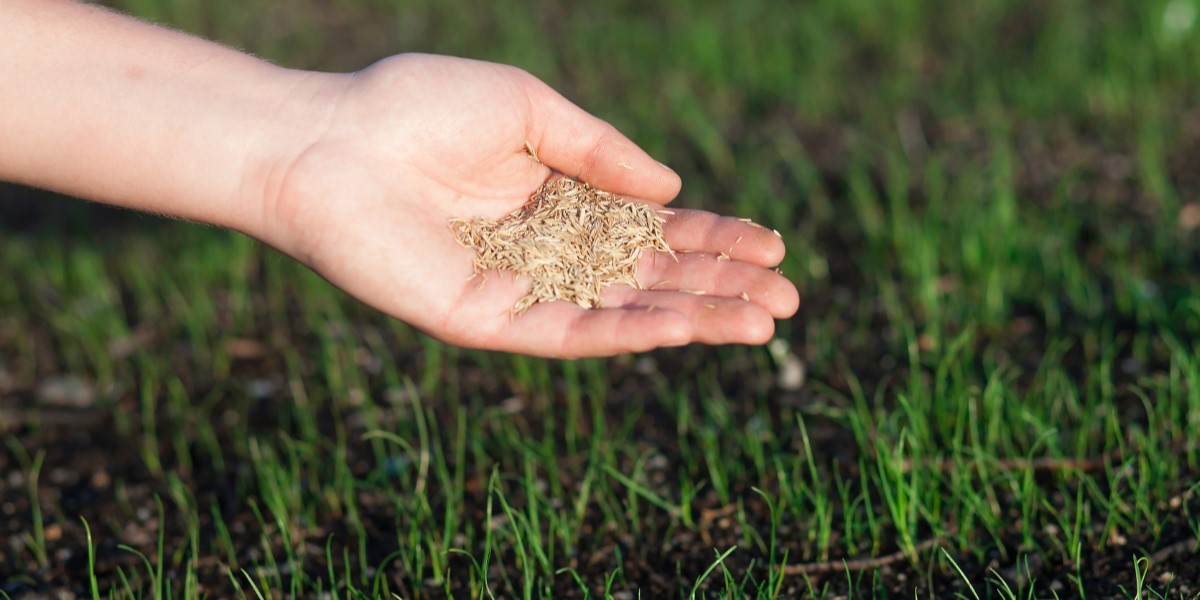

0 thoughts on “When Is The Best Time To Plant Buffalo Grass”